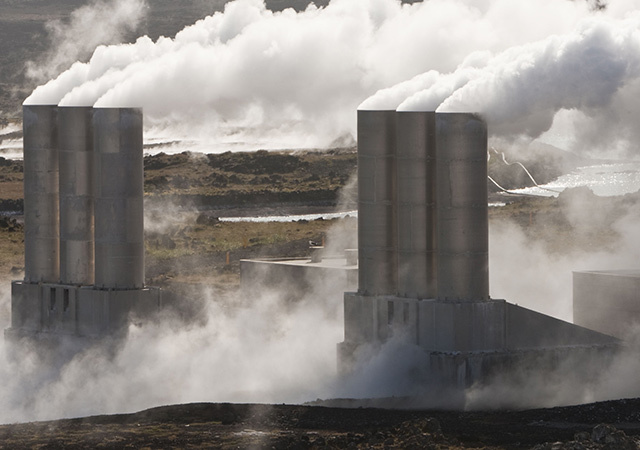
Companies including the venture arms of BP and Chevron invested $40 million in a startup that aims to use the fossil fuel industry’s drilling experience to expand a technology that harvests low-carbon energy from heat below the earth’s surface.
Eavor Technologies plans to expand geothermal power beyond places like Iceland that have volcanic conditions.
The technology could be a way to replace fossil fuels and nuclear power plants as a low-carbon source of electricity that can be dispatched to the grid whenever it’s needed.
Along with BP and Chevron, new investors in the Calgary, Canada-based company include Temasek Holdings, BDC Capital Corp, Eversource and Vickers Venture Partners.
Eavor’s management plans to use the new capital on research and development and business development that will help the company scale up and bring down costs. The target is enough capacity to supply 10 million homes by 2030.
Eavor’s technology uses drilling techniques taken from the oil and gas industry to create a roughly 20-centimeter wide (8-inch) hole that forms a loop about 2 kilometers to 3 kilometers (1.25 miles to 1.86 miles) underground.
Water then circulates around the closed loop, getting heated up naturally by the earth below. Once on the surface that can be used to heat buildings or turned into electricity.
“It’s green drilling,” said John Redfern, Eavor’s chief executive officer.
Geothermal is currently a niche power source, with only about 15.6 gigawatts of installed capacity at the end of 2019, compared to 644 gigawatts of solar power, according to BloombergNEF.
Eavor wants to expand the areas where geothermal can be used. It currently has a pipeline of potential projects in places such as Germany, the Netherlands, Japan and the U.S.
The company is working on a 15-megawatt project outside Munich that Redfern expects to cost 200 million euros ($243 million) and begin drilling in January next year.
The cost of the technology will depend on the scale of projects and also on the heat of each location.
Places like the southern U.S. will be cheaper than northern Europe, where the rock isn’t as warm.
